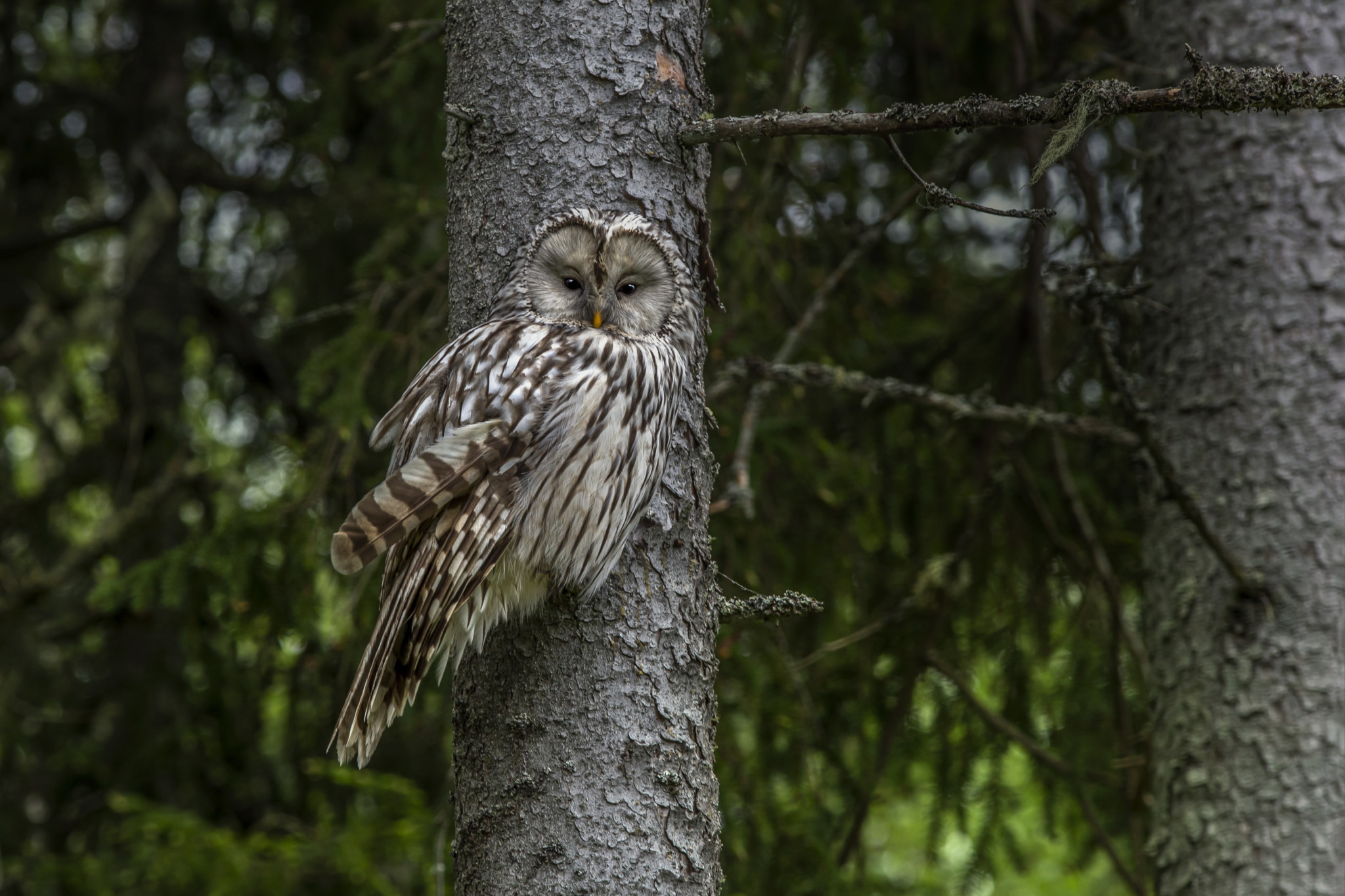Unraveling the Enigmatic Ural Owl (Strix uralensis): Ecology, Behavior, and Conservation Status
The Ural Owl (Strix uralensis) emerges as a captivating emblem of the nocturnal realm, captivating both scientists and nature enthusiasts alike with its elusive nature and enigmatic behaviors. This review endeavors to delve into the intricate ecology, behavior, and conservation status of the Ural Owl, shedding light on its significance within ecosystems and the challenges it faces in the modern world.
Strix uralensis, commonly known as the Ural Owl, is a majestic bird of prey belonging to the family Strigidae. Endemic to the dense coniferous and mixed forests of Europe and Asia, this elusive owl occupies a niche as a top predator, exerting influence on local food webs and ecosystem dynamics.
One of the defining features of the Ural Owl is its impressive size and striking appearance. With a wingspan of up to 135 centimeters and distinctive facial disc patterns, it commands attention and admiration from observers. Its plumage, characterized by mottled brown and gray hues, serves as effective camouflage amidst the dappled shadows of its forest habitat.
Ecologically, the Ural Owl plays a crucial role as an apex predator, preying upon a diverse array of small mammals, birds, and invertebrates. Its diet includes voles, mice, and other rodents, contributing to natural pest control and regulating prey populations within its ecosystem. Through its predatory prowess, the Ural Owl helps maintain balance and stability within forested landscapes.
Behaviorally, the Ural Owl exhibits fascinating adaptations suited to its nocturnal lifestyle. With keen hearing and exceptional vision adapted for low light conditions, it hunts under the cover of darkness, employing silent flight and precise strikes to capture unsuspecting prey. Its haunting calls echo through the night, serving as territorial signals and communication with conspecifics.
Despite its ecological significance and captivating allure, the Ural Owl faces numerous threats to its survival. Habitat loss and degradation due to deforestation, logging, and urbanization pose significant challenges to populations across its range. Additionally, collisions with vehicles, electrocution on power lines, and illegal hunting further exacerbate population declines.
Conservation efforts aimed at safeguarding the Ural Owl encompass habitat restoration, protected area designation, and public awareness campaigns. Collaborative research initiatives seek to enhance our understanding of its ecology, behavior, and population dynamics, informing targeted conservation strategies and management plans.
In conclusion, the Ural Owl (Strix uralensis) symbolizes the fragile interconnectedness of ecosystems and the delicate balance between predator and prey. By unraveling its mysteries and addressing the threats it faces, we can strive towards ensuring the continued existence of this iconic species and preserving the biodiversity of our planet for generations to come.
Views: 1295
Subscribe to the newsletter:
